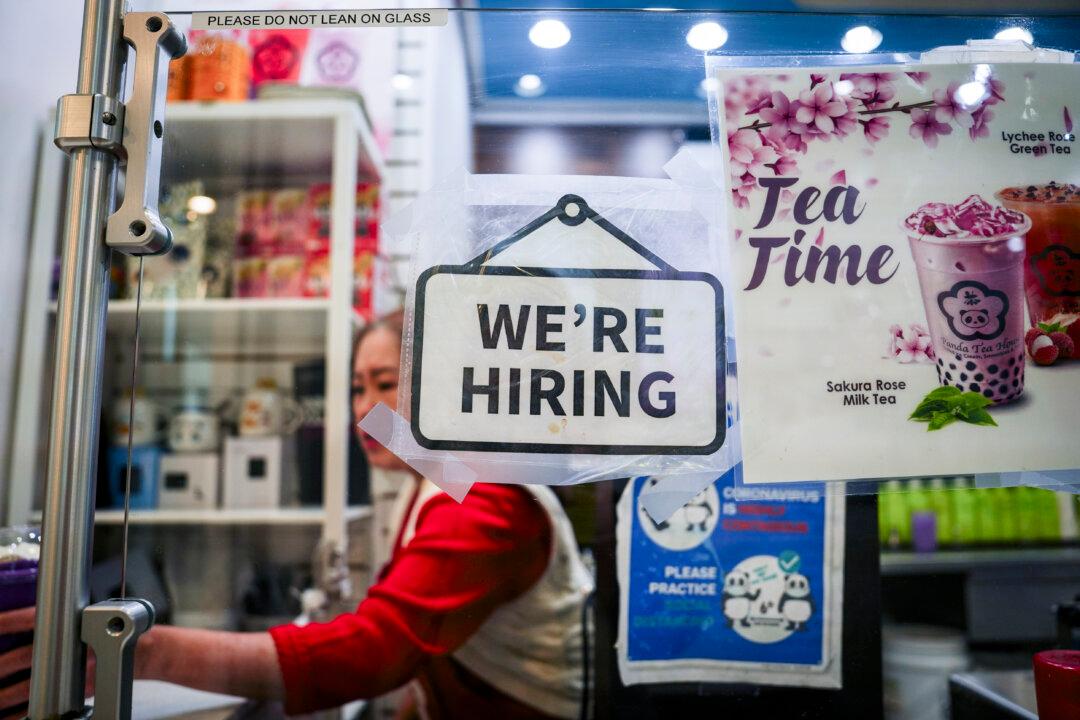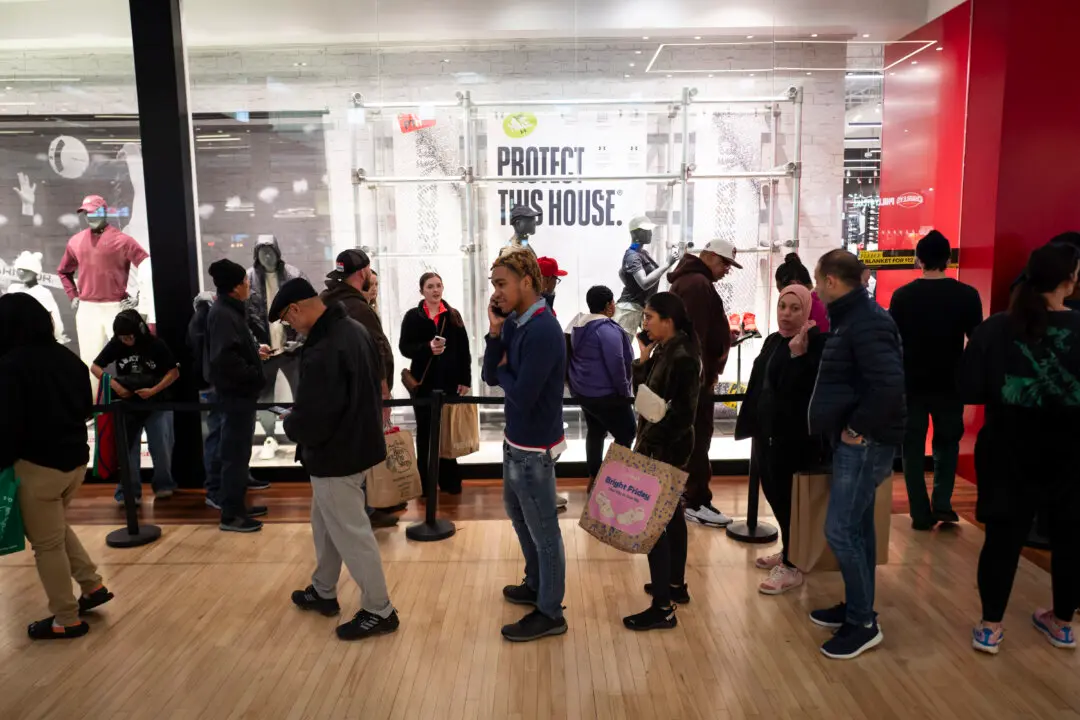The U.S. economy expanded at a slower-than-expected pace in the fourth quarter, according to the second estimate from the Bureau of Economic Analysis (BEA).
In the last three months of 2022, the gross domestic product (GDP) growth rate rose 2.7 percent, down from 3.2 percent in the third quarter. This was below the previous BEA estimate of 2.9 percent.





